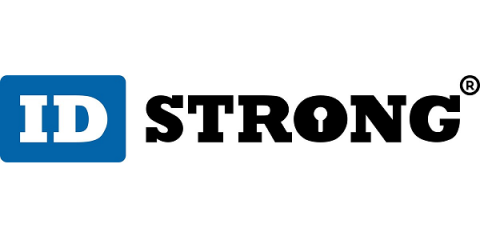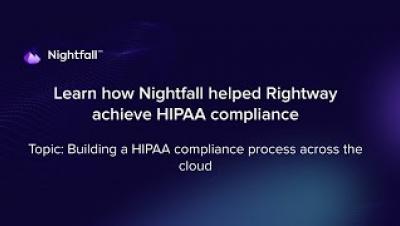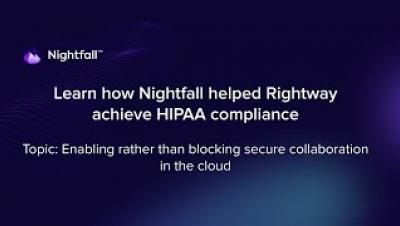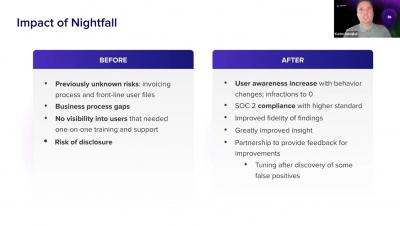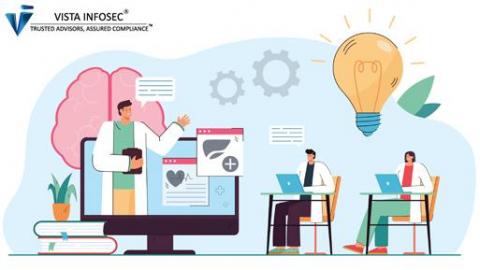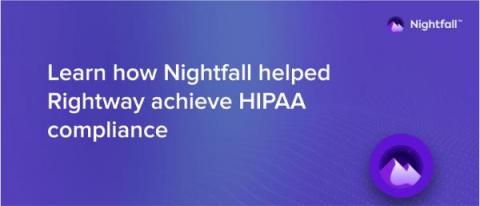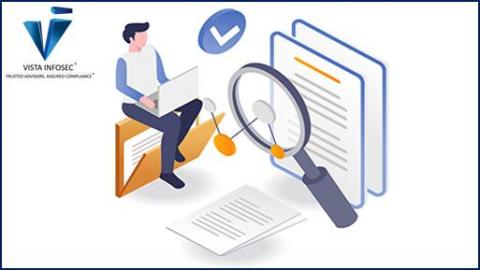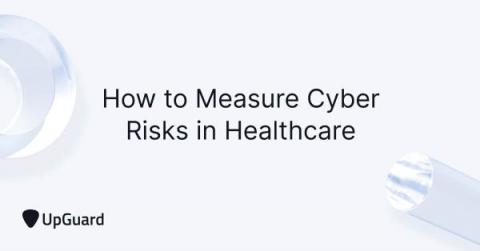Cerebral Unintentionally Leaks Patient Data to Google, Meta, and TikTok
Cerebral is an online mental health company that's attempting to bring mental health care to patients around the country virtually. The company deals with tens of thousands of patients, and we've just learned that many of those patients may have had their information exposed to companies like Meta, Google, and TikTok. Cerebral is a startup company, and unfortunately, it isn't that unusual for startups to suffer from data issues such as this one.


